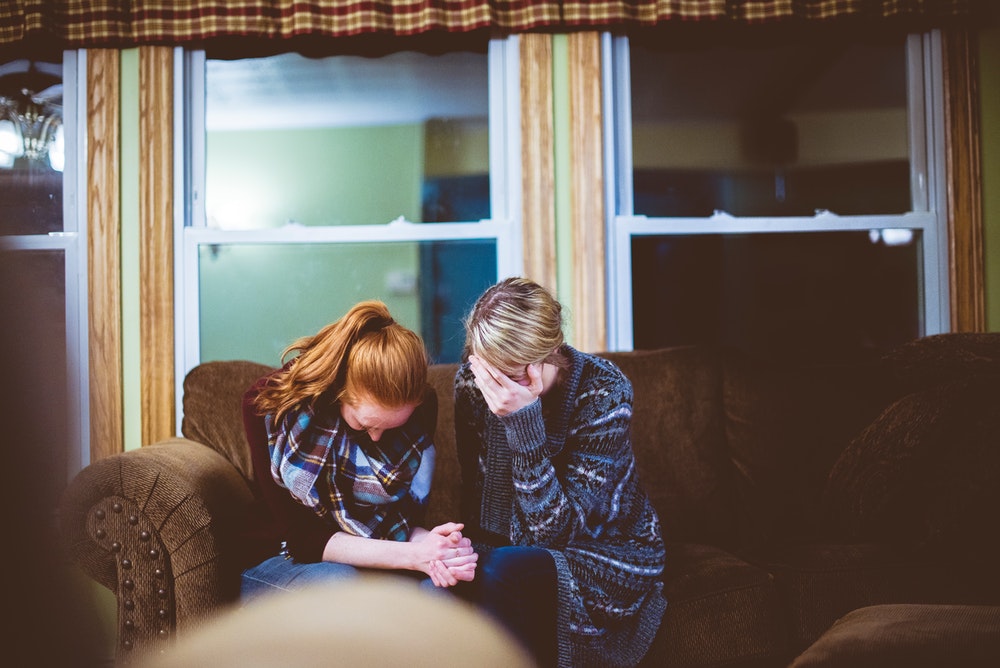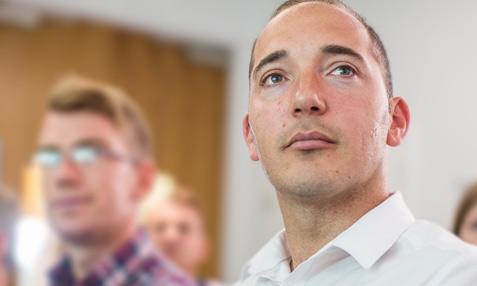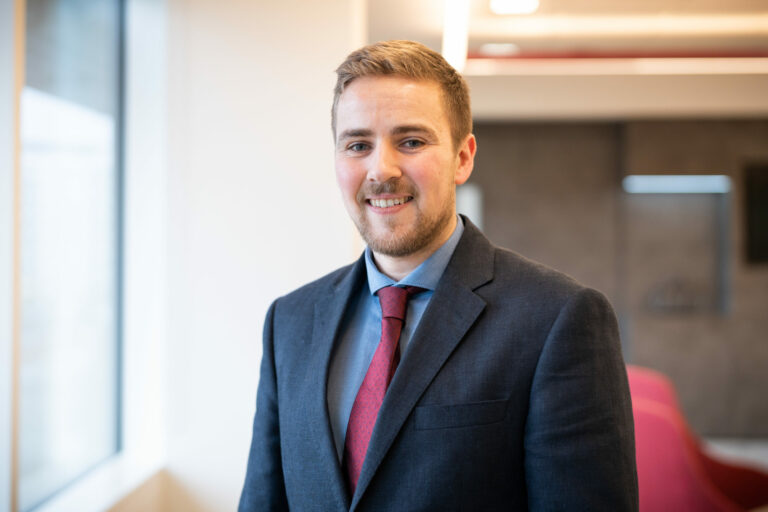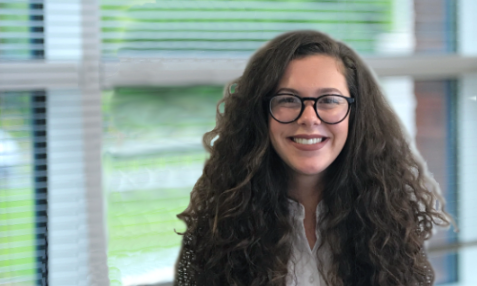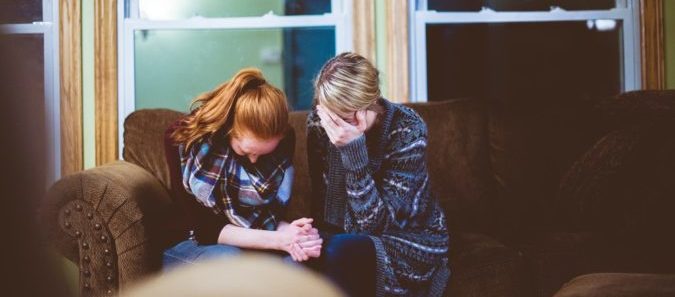
In 2020 we wrote an article about whether you can bring a claim if you see a loved one being injured or passing away and suffer a psychiatric injury with another article updating the position in 2021. These are called ‘secondary victim’ claims, as the person bringing the claim was not the patient or directly involved in the accident. That person is the ‘primary victim’.
This area of law changes quickly as it is made by judges rather than Parliament. Each time a new secondary victim case is decided in the courts, it can change the likelihood of other similar cases succeeding, and sometimes stop that case completely. If a Judge decides a legal principle at trial, it usually has to be followed by other courts which are at the same level or lower.
Three secondary victim cases were recently heard together by the Court of Appeal; Paul v The Royal Wolverhampton NHS Trust, Tara Purchase v Dr. Mahmud Ahmed and Polmear -v- Royal Cornwall Hospitals NHS Trust.
Of these cases, Paul and Polmear had previously been decided in the Claimants’ (the person who suffered the injury) favour and Purchase in the Defendant’s favour. The three appeals were heard together on 14 and 15 December 2021 as they were essentially about the same issue.
The issues to be decided
The Courts have created a strict set of criteria which are used to establish whether someone is a secondary victim. These are:-
- There has to be a close tie of love and affection to the primary victim. Usually this will be between a parent and child, or spouses;
- The psychiatric injury has to be caused by a sudden and unexpected shock to your nervous system (often called the horrifying or relevant event). The injury cannot be caused just by the fact that the person has died, and there cannot be a gradual understanding that the person will pass away. This is usually the most difficult test to meet as the courts have set a very high bar as to what they will consider as ‘horrifying’.
- The psychiatric injury has to be caused by seeing the death of or serious injury to your loved one (or the risk of that happening).
- You have to be present when the primary victim suffers the injury or its immediate aftermath. This means you have to physically see the accident/your loved one being injured or passing away, or arrive very shortly afterwards;
- The person who caused the injury should have reasonably known that you would suffer a psychiatric injury by seeing your loved one be injured/pass away.
Basically, it has to be shown that you (the secondary victim) were present at the sudden and horrifying event which caused a psychiatric injury.
Secondary victim claims are always complex because this criteria is difficult to meet.
The cases in the Court of Appeal
Briefly, each case involved arguments that the Defendant had made a mistake by failing to diagnose a condition which, at a later date, caused the primary victim to pass away in a traumatic way which was witnessed by a loved one.
In Paul and Polmear, the loved ones were present when their father/child passed away, and in Purchase, the mum arrived very shortly afterwards. Each Claimant suffered a psychiatric injury as a result of what they saw.
The Court of Appeal considered lots of questions to help them decide whether the cases should succeed. In reaching their decision they have to follow decisions previously made by the Court of Appeal (as it is the same level of authority) and the Supreme Court (as a higher level of authority). That said, they can choose not to follow certain cases if they believe that the facts or legal principles aren’t the same or closely matched, and reaching a decision which matches a previous case isn’t quite as straight forward as it sounds. When judgment is given, it is often very long and covers a range of issues. Some of the comments must be followed and others are just advice or observations. Unfortunately, Judgments don’t clearly set out which comments are which, so it is for future judges to try and work it out. This can lead to different judges reaching different decisions.
The key case that they had to consider here (among others) was Taylor v. A. Novo (UK) Ltd [2013] which was another Court of Appeal decision.
In that case, the Claimant’s mum was injured at work when her colleague tipped a stack of racking boards over her. She immediately suffered an injury to her head and foot. She appeared to make a good recovery but three weeks later suddenly collapsed and died in front of her daughter. Her death was found to be as a result of the original accident. The Claimant suffered PTSD from seeing her mum die.
The case was initially successful at trial but went to the Court of Appeal. They found for the Defendant because they said the Claimant was not present at the initial accident, or immediately afterwards. Had she been, and this caused her a psychiatric injury, her claim would have succeeded. Often, this case has been interpreted as saying you will not succeed in a claim where there has been one event with two injuries, and you were not there for the first. However, some have argued that the case meant that the negligence and injury have to happen at the same time. Again, it is not clear which parts of the Judgment other courts must follow.
The Court of Appeal’s decision
The full Judgment can be found here.
Essentially, the Court of Appeal found for the Defendant in all three cases.
They decided that the main issue they needed to decide was whether the delay between the negligence (the mistake) and the deaths of the primary victims which caused the psychiatric injuries was relevant. They had to decide which of the comments in Taylor v A. Novo they had to follow. This was an interesting point as it was not technically, as we understand it, the basis on which the appeals were brought.
They concluded that the comments they had to follow in the Judgment were that the event causing the psychiatric injury has to happen at the same time, or immediately after, the negligence. If the negligence is ongoing (for example, a continuous failure to recognise that someone hasn’t been intubated correctly so is not getting enough oxygen), leading up to the relevant event, then these cases could succeed, although it will depend on the facts of each case.
In our view, this changes criteria 4 in the list given above by saying that not only does the Claimant have to be present at the relevant event, but there must be no interval between the relevant event itself and the negligence.
Can secondary victim claims still succeed and what does the future hold?
Looking at the Court of Appeal’s findings in isolation paints a very bleak picture for secondary victims in medical negligence cases. It is very rare in these cases for the negligence (such as a failure to diagnose and treat a condition) to have immediately serious or fatal consequences. As in the three cases heard by the Court, it will often take weeks or months before the consequence is known.
There are a small group of cases that should still succeed (if all of the other criteria listed above is met) e.g. where the negligence has an immediate consequence, or the negligence is ongoing leading up to the death/injury. These cases may include those where mistakes are made during labour which causes the baby to pass away just before, during or shortly after they are born, and poor care in hospitals. It should be pointed out that hospital cases are difficult anyway because previous judgments have said that families should expect to see things they don’t like in hospitals. However, we believe that if a patient has gone in for a minor procedure or is doing really well and has a sudden, dramatic and visual deterioration immediately after the poor care, these cases could theoretically succeed. It should be noted this is not an exhaustive list of potential scenarios.
Going forward, there may be a light at the end of the tunnel. The Court of Appeal appeared at pains to explain in their Judgment that if they did not have to follow Taylor v A. Novo, they would have likely reached a different conclusion and allowed the Claimants’ cases to succeed. They also said that they had reservations about whether the decision in Taylor v A. Novo had limited the law on when claims could succeed too much. As a result of this, they have advised that a decision by the Supreme Court (as the highest court) would be useful and have indicated that they would grant permission for the Claimants to appeal.
These comments have left the door ajar to allow Claimants to argue that, whilst the law is currently not on their side, this position is potentially only temporary until an appeal is heard. Whether or not the appeal of these particular three cases will go ahead, we cannot say yet. However, it is likely that another case with similar facts will jump straight to the Supreme Court at some point in the future, which all lower courts will have to follow. If the Supreme Court were to decide that an interval does not prevent a claim, Claimants who have suffered significant psychiatric injures will have a better chance of bringing a claim and getting the justice they deserve.

